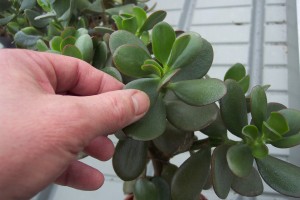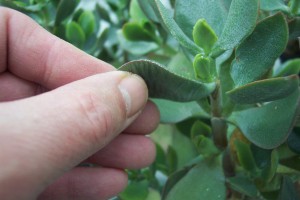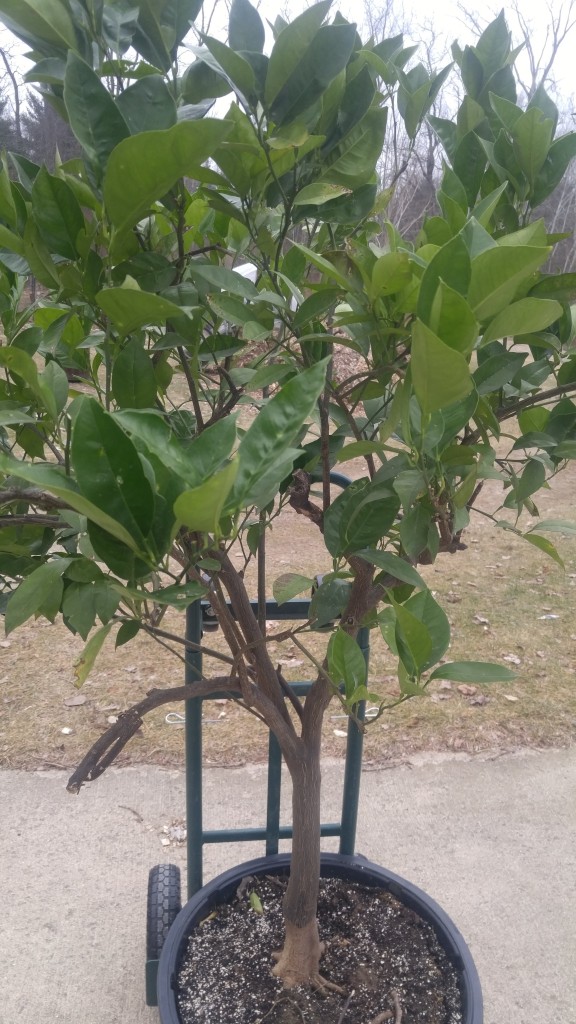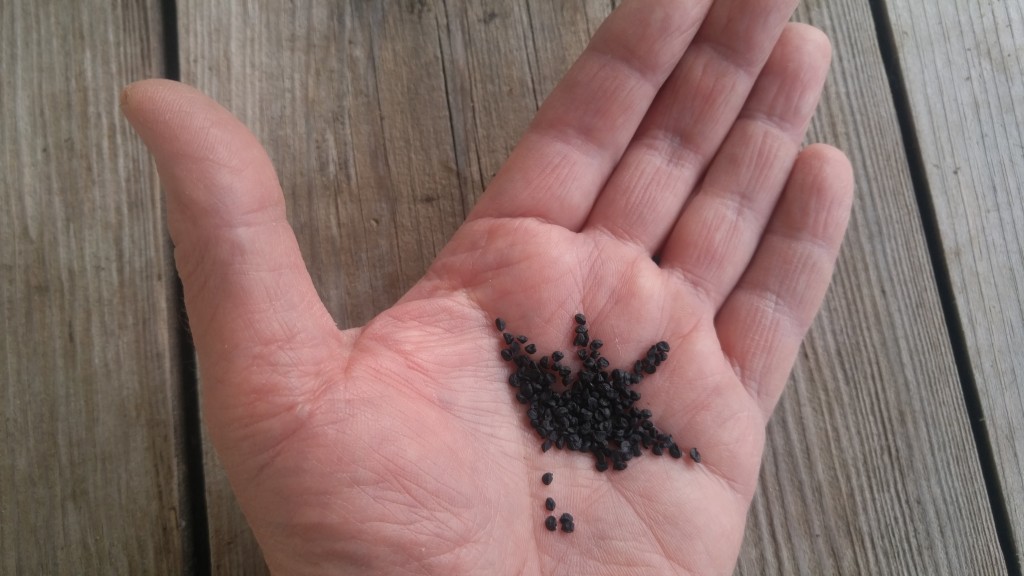Like most plants, jade plants’ water requirements change by stage of growth or from season to season. For example now, during the winter, there is less sunlight so plants including jade plants, are photosynthesizing less and won’t need as much water. The tendency for some gardeners is to kill their plants with kindness by over-water this time of year.
Over-watering has symptoms similar to under-watering. When you give a plant too much water, it can cause the roots to become water logged and eventually die back. When the plant loses its roots, it can’t take up enough water, hence, the apparent symptom of not enough water. The well-meaning person taking care of the plant gives it even more water making the problem worse.
But how do we know if we are giving the right amount of water to our plants? A lot of people talk to their plants. Unfortunately the plants don’t answer back but they can communicate their needs in other ways.
A jade plant is able to store water in its fleshy leaves and stems. When it dries out to the point of needing water, the leaves become soft and flexible. If you think your jade plant needs water, gently squeeze a leaf or two.
If it feels soft, it needs water. If it’s still firm and turgid, it’s not time to water yet. The plant shown above needs no water, the leaf feels pretty firm.
When the plant finally does needs water, add enough water to moisten the entire root ball. Then let the water drain out completely. Never let the pot stand in water water, you could risk damaging the roots by exposing them to too much water.
This squeeze-the-leaf method works best on jade plants and other succulents.
Bob



